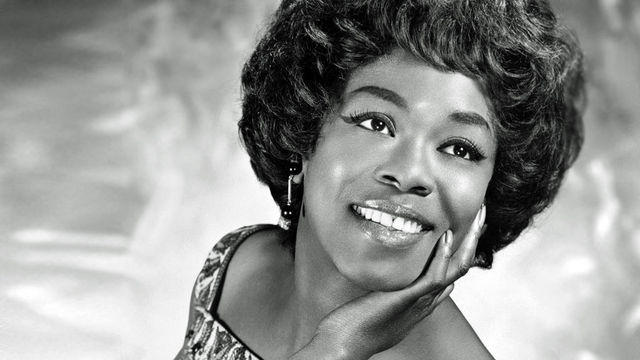Lois
Sarah Lois Vaughan was born March 27, 1924, in Newark, New Jersey. By day, her parents worked as a carpenter and a laundress. By night, they were both musicians. Young Sarah grew up in the world of music, which was destined to be her path. She quickly learned how to play the piano and the organ. She also sang solos for the Mount Zion Baptist Church.
Body and Soul
Vaughan entered a talent contest that was held at the famous Apollo Theater in Harlem, New York, in 1942. After being dared to enter the competition, she decided to perform her rendition of Body and Soul. Vaughan won the competition and was discovered by Billy Eckstine. Eckstine persuaded Earl Hines to hire Vaughan to sing with his orchestra.
Bebop
Shortly after getting hired with Hines, Vaughan left his group to join Eckstine’s new band. Trumpeter Dizzy Gillespie and saxophonist Charlie Parker were working with Eckstine at the time. They both introduced the band to a new form of music: bebop. Vaughan was so inspired by the new music that she incorporated it into her singing, which can be heard on her 1945 recording of Lover Man.
‘The Divine One’
Vaughan later joined Jack Kirby’s band before leaving big bands altogether to embark on her solo career. By this point in her career, she had earned the nickname, ‘Sassy,’ because of her onstage persona. Once she began her solo career, however, she was given the nickname, ‘The Divine One.’

Discography
Throughout the 1940s and 1950s, Vaughan produced a number of jazz and pop records. Some of her biggest hits in the ’40s were If You Could See Me Now and It’s Magic. She later sang pop tunes, like Whatever Lola Wants and Misty. In the early ’50s, her music was included in the score for Disc Jockey (1951) and Basin Street Revue (1956).
Later Years
As the ’50s passed, Vaughan no longer produced hits. Regardless, she remained a popular performer. Audiences enjoyed her scatting and deeper voice–likely a result of her smoking. She worked with a number of producers and won her first Grammy after working with Tilson Thomas and the Los Angeles Philharmonic on Gershwin Live! (1982).
Legacy
Vaughan was a widely acclaimed artist. She had been invited to sing at the White House, she received the Lifetime Achievement Grammy in 1989, and was inducted into the Jazz Hall of Fame in 1990. She also received her star on the Hollywood Walk of Fame. Sarah Vaughan died April 3, 1990. She was 66 years old.

**The views and actions of the DDH historical figures that are featured may not reflect the views and beliefs of Ramiro The Writer or We Buy Black. Thank you.**
]]>








